Turn Your Photos into Beautiful Paintings
Have you ever gazed at a stunning photograph and thought, "What if this could be transformed into a beautiful painting?" Well, you’re in luck! In this article, we will explore various methods and techniques that allow you to take your beloved photos and turn them into breathtaking pieces of art. Whether you want to create unique gifts for friends and family or simply enhance your home decor, transforming your photos into paintings is an exciting and rewarding endeavor.
The process of converting a photograph into a painting not only enhances its artistic appeal but also adds a personal touch that can be cherished for years to come. Imagine the joy of seeing a vibrant, painted version of your favorite landscape or a portrait of a loved one hanging on your wall! In this journey, we'll delve into the world of digital painting, uncovering the tools, software, and techniques that can help you achieve stunning results.
Digital painting is an innovative way to bridge the gap between traditional art and modern technology. With the right approach, you can mimic various painting styles, from oil to watercolor, all while working from the comfort of your computer. So, whether you're a seasoned artist or a curious beginner, there's something here for everyone. Ready to unleash your creativity? Let’s dive in!
Digital painting offers a plethora of techniques that can replicate the charm of traditional painting styles. From brush strokes that resemble those of a classic oil painting to vibrant color palettes that mimic watercolor, the possibilities are endless. In this section, we’ll explore some popular methods and the tools that can help you achieve beautiful results.
When it comes to transforming photos into paintings, selecting the appropriate software is crucial. With so many options available, it can be overwhelming to decide which one is best suited for your needs. In the following sections, we’ll discuss some of the best digital art programs on the market, highlighting their features and ease of use for both beginners and professionals alike.
There are several widely used digital art programs that cater to different artistic styles and preferences. Here are a few notable ones:
- Adobe Photoshop: A versatile tool that provides numerous filters and brushes.
- Corel Painter: Designed specifically for digital painting with a wide range of brushes and textures.
- Procreate: A favorite among digital artists for its intuitive interface and powerful features.
Adobe Photoshop is a powerhouse when it comes to digital art. With its extensive array of filters and brushes, you can create realistic painting effects from your photos. Whether you want to add a splash of color or create intricate details, Photoshop has the tools to help you achieve your vision. A few tips for effective use include experimenting with different brush settings and utilizing layers to enhance depth.
Corel Painter stands out as a program specifically designed for digital painting. It offers a vast selection of brushes that mimic traditional painting tools, allowing you to create stunning painted versions of your photographs. With its unique textures and customizable features, Corel Painter can help you unleash your creativity and produce eye-catching artwork.
The brushes you choose can significantly impact the quality of your digital painting. Different brush types serve various purposes, from soft blending to sharp detailing. Understanding the range of brushes available will help you select the best options for your artistic vision. Experimenting with different styles can lead to surprising and delightful results!
Photo manipulation techniques play a vital role in enhancing the painting effect. By utilizing methods such as layering, blending, and color adjustments, you can achieve a more artistic look. These techniques not only elevate the aesthetic quality of your artwork but also allow for greater creative expression.
Layering is essential in digital painting, providing greater control over the final image. By separating different elements of your artwork into layers, you can manipulate them individually, enhancing depth and dimension in your painted photos. This method allows for experimentation without the fear of ruining your original image.
Understanding blending modes can enhance the interaction between layers, creating unique effects that can elevate your photo-to-painting transformations. Different blending modes can change how colors and textures interact, allowing you to achieve a variety of artistic outcomes. Play around with these modes to discover new ways to enhance your artwork!
Creating realistic paintings from photos requires a keen eye for detail. Here are some essential tips and techniques to ensure that your digital paintings maintain a lifelike quality while showcasing your artistic flair:
A solid understanding of color theory can significantly improve your painting skills. Color harmony, contrast, and saturation play crucial roles in creating visually appealing artworks. By mastering these concepts, you can create pieces that are not only beautiful but also captivating.
Adding texture can bring your digital paintings to life. Whether you use texture brushes or overlay images, incorporating texture enhances the visual interest and realism of your transformed photographs. Don’t be afraid to experiment with different techniques to find what works best for your style!
Q: Can I use my smartphone to turn photos into paintings?
A: Absolutely! There are many apps available for smartphones that allow you to apply painting effects to your photos easily.
Q: Do I need to be an artist to create beautiful paintings from photos?
A: Not at all! With the right tools and techniques, anyone can create stunning artwork, regardless of their artistic background.
Q: What is the best software for beginners?
A: Programs like Procreate or Adobe Fresco are user-friendly and great for beginners looking to start their digital painting journey.
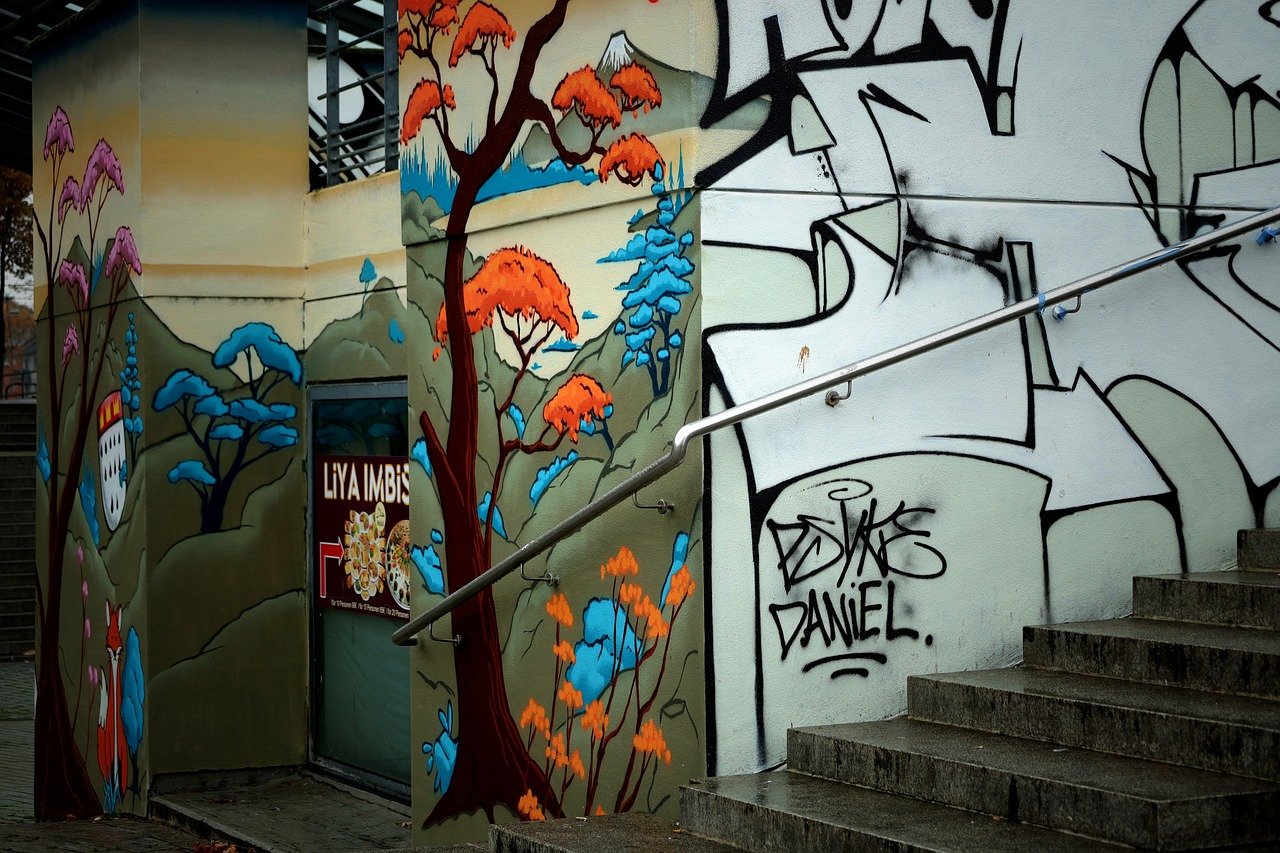
Understanding Digital Painting Techniques
Digital painting is a fascinating realm that blends the traditional art of painting with the modern technology of digital tools. It allows artists to create stunning visuals by manipulating images through various techniques that mimic traditional styles. Whether you are a seasoned artist or a curious beginner, understanding these techniques is crucial for transforming your photographs into beautiful painted masterpieces.
One of the most popular methods in digital painting is photo manipulation. This involves altering your photographs using software to create a new artistic effect. Think of it as a digital canvas where you can paint over your image, adding layers, colors, and textures to evoke emotion and depth. By using tools like brushes, filters, and layering techniques, you can breathe new life into your photos.
Another essential technique is digital brushwork, which is akin to using a paintbrush on a physical canvas. Digital brushes come in various shapes and sizes, each designed to produce different effects. For instance, a soft round brush can create smooth gradients, while a textured brush can add depth and dimension. Experimenting with these brushes is key to finding your unique style.
Moreover, color blending is vital in achieving realistic and harmonious results. By blending colors seamlessly, you can create shadows and highlights that give your painting a three-dimensional feel. Digital painting software often includes blending modes, which allow you to control how colors interact with one another. This technique can dramatically change the mood of your artwork, making it more vibrant or subdued depending on your artistic vision.
Digital painting also offers the advantage of undo and redo functions, which can be a lifesaver for artists. Unlike traditional painting, where a mistake can mean starting over, digital tools enable you to experiment freely without the fear of ruining your work. This encourages creativity and exploration, allowing you to push the boundaries of your artistic capabilities.
In summary, understanding digital painting techniques is about more than just knowing how to use software; it’s about embracing the creative process and allowing your imagination to flow. By mastering photo manipulation, brushwork, color blending, and the unique advantages of digital tools, you can transform ordinary photographs into extraordinary works of art that reflect your personal style and vision.
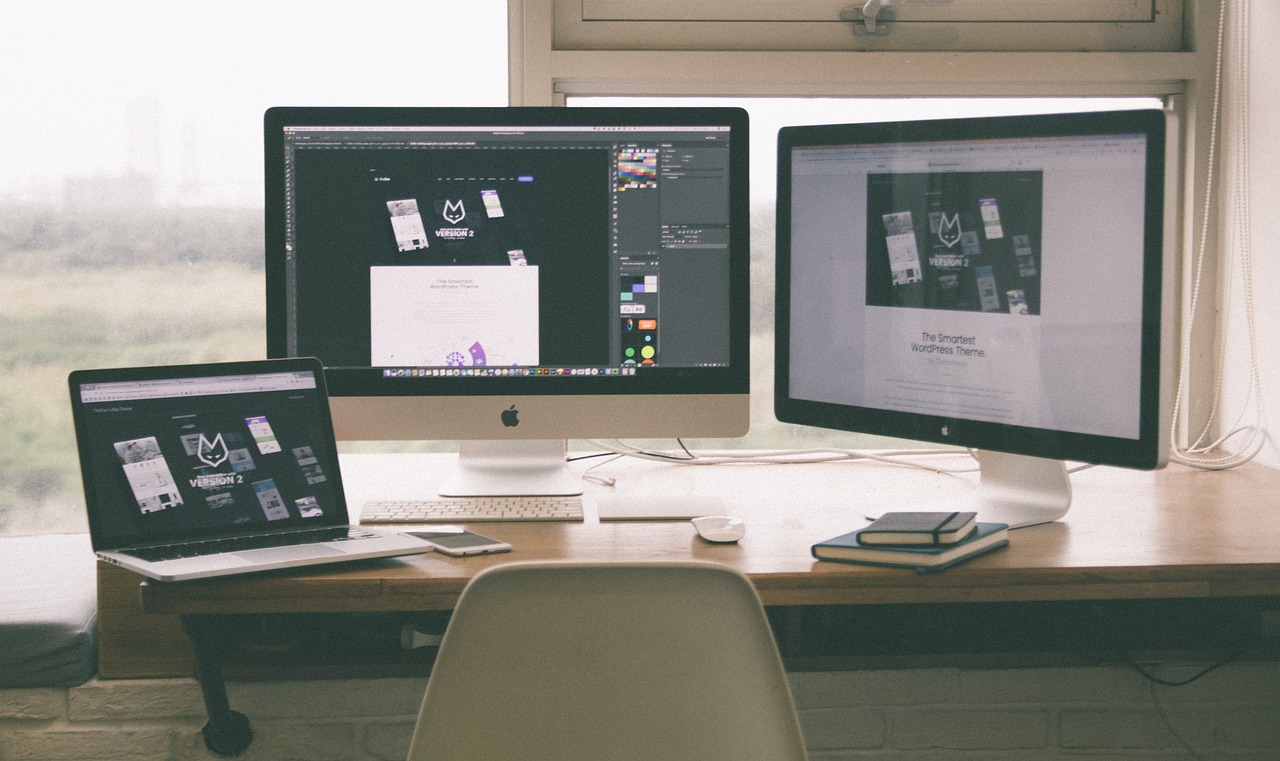
Choosing the Right Software
When it comes to transforming your photographs into stunning paintings, the software you choose can make all the difference. With a plethora of options available, it’s essential to select a program that aligns with your artistic goals and skill level. Whether you’re a seasoned artist or a curious beginner, the right software can elevate your work and streamline the creative process. So, how do you choose the best one for your needs?
First off, consider what features are most important to you. Are you looking for extensive brush options, or is a user-friendly interface your top priority? Some programs are designed with advanced artists in mind, offering complex tools and features that can be overwhelming for beginners. Conversely, simpler programs may lack the depth needed for more intricate projects. Here’s a quick rundown of a few popular choices:
| Software | Best For | Key Features |
|---|---|---|
| Adobe Photoshop | Versatile editing | Extensive filters, layers, and brushes |
| Corel Painter | Digital painting | Realistic brushes, textures, and styles |
| Procreate | iPad users | User-friendly interface, customizable brushes |
Adobe Photoshop is a powerhouse in the digital art world. It’s not just for photo editing; it provides a vast array of filters and brushes that can mimic traditional painting styles. If you’re looking for flexibility and the ability to manipulate your photos extensively before painting, Photoshop is a fantastic choice. However, its learning curve can be steep, so be prepared to invest some time in mastering its features.
On the other hand, Corel Painter is tailored specifically for digital painting. It boasts a wide variety of brushes that replicate real-world painting tools, allowing you to create stunning artwork that feels authentic. If your goal is to produce a painting that captures the essence of traditional art, Corel Painter might be your best bet. Its unique features cater to artists looking for a genuine painting experience, but it may require some practice to navigate effectively.
For those who prefer working on an iPad, Procreate is a highly recommended option. Its intuitive interface makes it easy for beginners to dive right in, while still offering advanced features for more experienced artists. With customizable brushes and a responsive touch screen, Procreate allows for a fluid painting experience that feels natural and engaging.
Ultimately, the key to choosing the right software lies in understanding your own needs and preferences. Take the time to explore trial versions of various programs if available, and see which one resonates with your style. Remember, the best tool is the one that inspires you to create and helps you realize your artistic vision.
- What is the best software for beginners? If you're just starting out, Procreate or Adobe Photoshop Elements are great options due to their user-friendly interfaces.
- Can I use free software for photo-to-painting transformations? Yes, there are free alternatives like GIMP and Krita that offer robust features for digital painting.
- Is it necessary to have a drawing tablet? While it's not necessary, a drawing tablet can significantly enhance your experience and control when creating digital paintings.
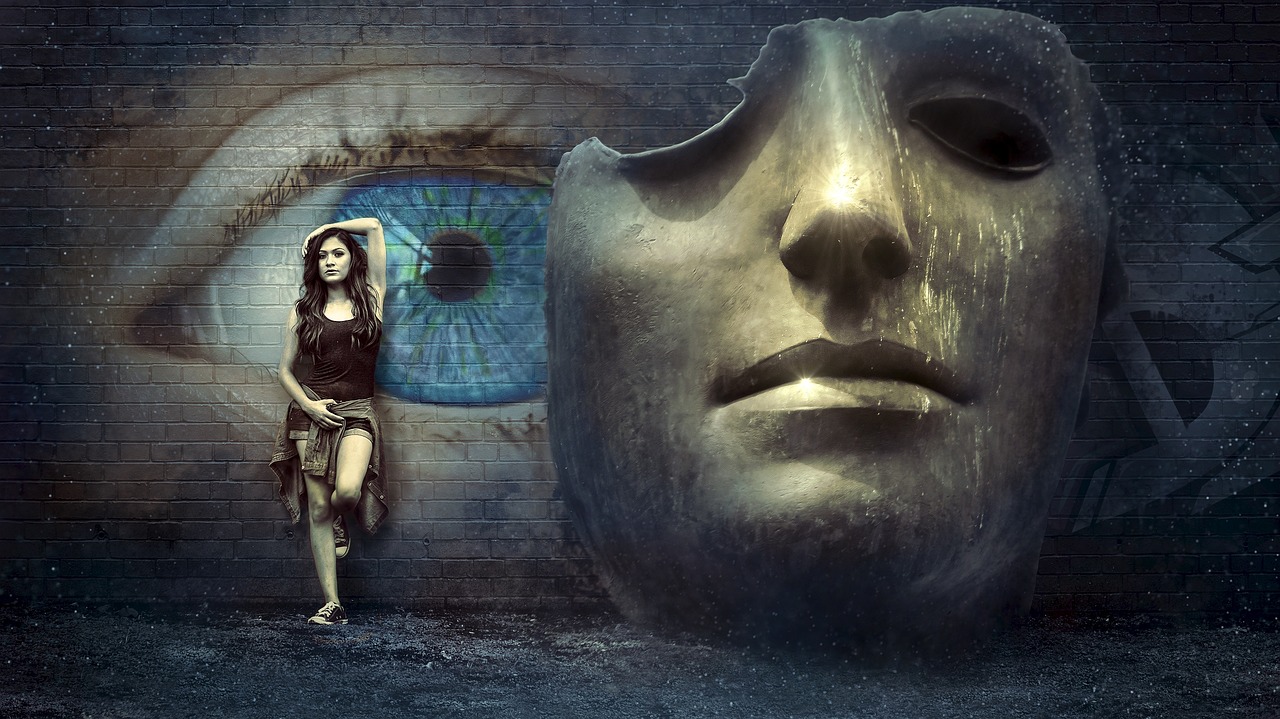
Popular Digital Art Programs
When it comes to transforming your photos into captivating paintings, the choice of digital art program can make all the difference. Each software has its own unique features, catering to various artistic styles and preferences. Let's dive into some of the most popular digital art programs that artists, both beginners and professionals, swear by.
Adobe Photoshop is perhaps the most renowned name in the digital art world. Its versatility allows users to utilize a plethora of filters and brushes, making it an excellent choice for creating realistic painting effects. Whether you want to apply a watercolor effect or simulate oil paints, Photoshop has got you covered. Moreover, the extensive community support and numerous online tutorials make it easier for newcomers to get started. One of the standout features of Photoshop is its ability to handle large images without compromising quality, which is crucial when you want to preserve the details of your original photographs.
Corel Painter, on the other hand, is designed specifically for digital painting, offering a vast array of brushes and textures that mimic traditional painting tools. This program is ideal for artists who want to dive deep into the world of digital art, as it provides an authentic painting experience with features like brush customization and realistic canvas textures. Corel Painter also supports various file formats, making it easy to integrate into your existing workflow. If you're looking for a program that feels like you're painting on a real canvas, this is the one for you.
Procreate has gained immense popularity among digital artists, especially those using iPads. Its intuitive interface and touch capabilities make it incredibly user-friendly. Procreate offers a wide range of brushes and tools that allow for intricate detailing and vibrant color application. One of the highlights of Procreate is its ability to create time-lapse videos of your painting process, which is perfect for sharing your artistic journey on social media. Plus, its affordability compared to other programs makes it an attractive option for budding artists.
In addition to these three giants, there are other programs worth considering, such as Krita and Affinity Designer. Krita is a free, open-source painting program that provides powerful tools for concept artists and illustrators, while Affinity Designer offers a blend of vector and raster graphics capabilities, making it versatile for various design projects.
Here’s a quick comparison table to help you visualize the strengths of each program:
| Software | Best For | Key Features | Price |
|---|---|---|---|
| Adobe Photoshop | Versatile photo editing and painting | Extensive filters, brushes, and community support | Subscription-based |
| Corel Painter | Authentic digital painting experience | Realistic brushes and canvas textures | One-time purchase |
| Procreate | iPad users and mobile artists | User-friendly interface, time-lapse recording | One-time purchase |
| Krita | Free alternative for digital painting | Powerful tools for illustrators | Free |
| Affinity Designer | Vector and raster graphics | Versatile for various design projects | One-time purchase |
Ultimately, the best digital art program for you will depend on your specific needs and artistic goals. Whether you're looking for advanced features or a straightforward interface, there’s a program out there that can help you turn your photos into stunning works of art.
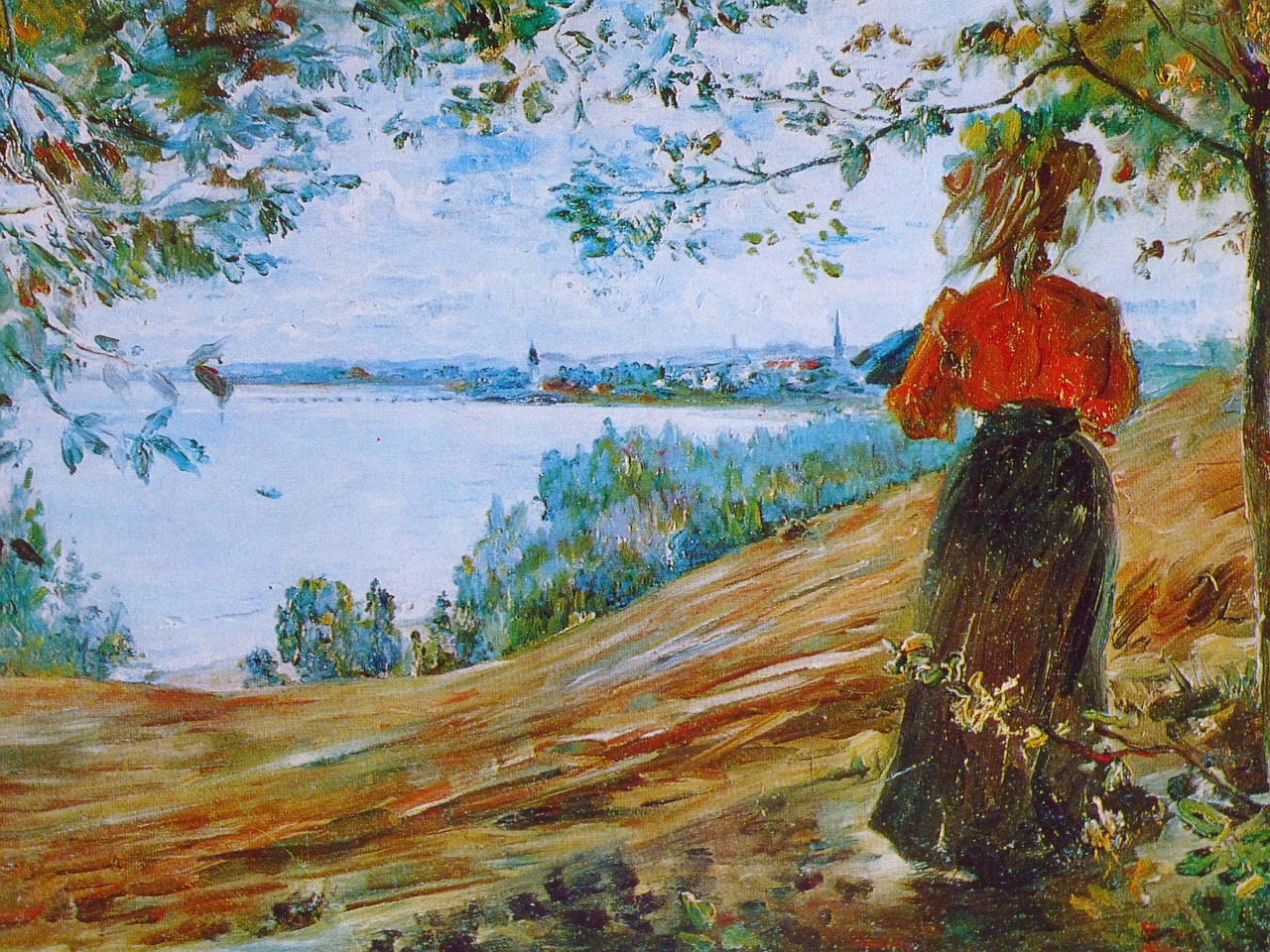
Adobe Photoshop
Adobe Photoshop is not just a photo-editing software; it’s a powerful digital painting tool that opens a world of possibilities for transforming your photographs into stunning works of art. With its extensive range of filters, brushes, and tools, Photoshop allows you to create realistic painting effects that can breathe new life into your images. Imagine taking a simple snapshot and, with a few clicks, turning it into a vibrant painting that captures the essence of the moment. Isn’t that exciting?
One of the standout features of Photoshop is its customizable brushes. You can choose from a variety of brush types, including oil, watercolor, and charcoal, to match your desired painting style. Additionally, you can create your own brushes or modify existing ones to suit your artistic needs. This flexibility means that whether you want a soft, blended look or a more textured finish, you have the tools at your fingertips to achieve it.
Another powerful aspect of Photoshop is its layering capabilities. By using layers, you can work on different elements of your painting separately, allowing for greater control and experimentation. For instance, you might have one layer dedicated to the background, another for the main subject, and yet another for details like highlights and shadows. This method not only enhances the overall depth of your artwork but also enables you to make adjustments without affecting the entire image.
To get started with transforming your photos into paintings using Adobe Photoshop, you might consider the following steps:
- Import your photograph: Open your desired image in Photoshop to begin the transformation process.
- Duplicate the background layer: Always work on a copy to preserve the original image.
- Apply filters: Experiment with filters such as the Oil Paint filter to create a base painting effect.
- Use brushes: Select appropriate brushes to add texture and detail, painting over the areas that need enhancement.
- Adjust colors: Utilize the color adjustment tools to fine-tune the hues and saturation, ensuring your painting looks vibrant and lively.
Photoshop also offers various blending modes that can significantly enhance your painting effects. By changing the blending mode of your layers, you can create unique interactions between colors and textures, resulting in a more dynamic and visually appealing artwork. For example, using the Multiply blending mode can deepen colors, while Screen can lighten them, providing endless creative possibilities.
In conclusion, Adobe Photoshop is an invaluable tool for anyone looking to turn their photographs into beautiful paintings. Its vast array of features and tools not only facilitates the artistic process but also allows for a high degree of creativity and customization. With a little practice and experimentation, you’ll find that the only limit is your imagination.
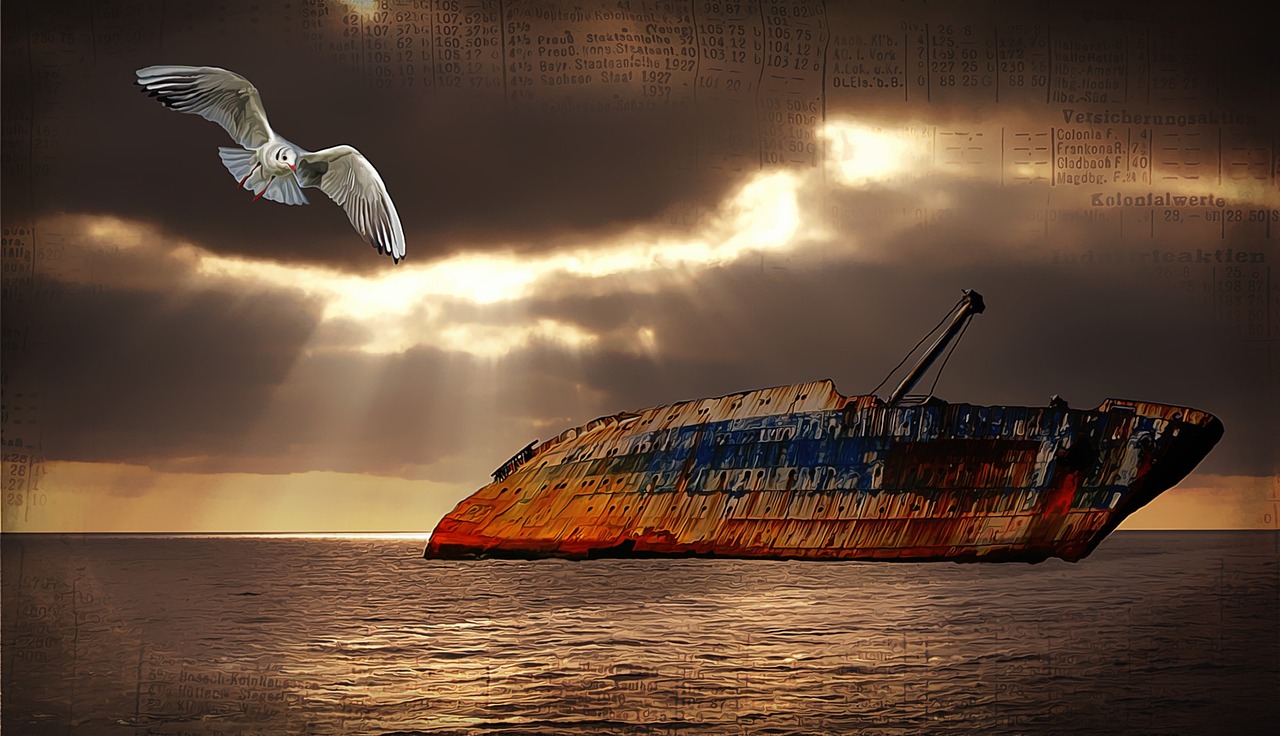
Corel Painter
Corel Painter is a powerhouse in the realm of digital painting, specifically designed to emulate traditional artistic techniques. If you’ve ever dreamed of turning your photographs into masterpieces that resemble oil paintings or watercolors, then Corel Painter is your go-to software. Its robust features allow for incredible flexibility, making it suitable for both beginners and seasoned artists alike.
One of the standout features of Corel Painter is its extensive collection of brushes. With over 900 brushes available, you can choose from a variety of styles that mimic everything from natural media to abstract art. Whether you want to create a soft pastel effect or bold acrylic strokes, Corel Painter has the tools you need to express your creativity. You can even customize brushes to suit your unique artistic vision, allowing for a personal touch in every piece.
Moreover, Corel Painter offers a unique feature known as RealBristle technology, which simulates the behavior of traditional brushes on canvas. This means that when you use a brush, it behaves like a real brush would, providing you with an authentic painting experience. Imagine the thrill of applying paint and watching it blend seamlessly on your digital canvas, just as you would with real paint!
In addition to brushes, Corel Painter includes various textures and paper types that can be layered to enhance the depth of your artwork. You can choose from a selection of canvas textures, watercolor papers, and more, each adding a different dimension to your painting. This feature is particularly useful when you want to replicate the feel of traditional art mediums, giving your digital paintings a tactile quality that draws viewers in.
Another remarkable aspect of Corel Painter is its layering capabilities. Layers allow you to separate different elements of your painting, giving you the freedom to edit without affecting the entire artwork. This is especially beneficial when working on complex compositions or when you want to experiment with different effects. You can easily adjust the opacity of layers, blend them together, or even apply different blending modes to create unique interactions between colors.
As you embark on your journey of transforming photos into paintings, Corel Painter provides an array of tutorials and resources to help you get started. Whether you’re looking for step-by-step guides or video demonstrations, the Corel community is rich with knowledge and support. You’ll find that learning how to use the software becomes an enjoyable part of the creative process.
In conclusion, Corel Painter is more than just a digital painting software; it’s a gateway to unleashing your artistic potential. With its diverse tools, realistic brush simulations, and supportive community, you can easily turn your ordinary photographs into extraordinary works of art. So why not give it a try? You might just discover a hidden talent for digital painting that you never knew you had!
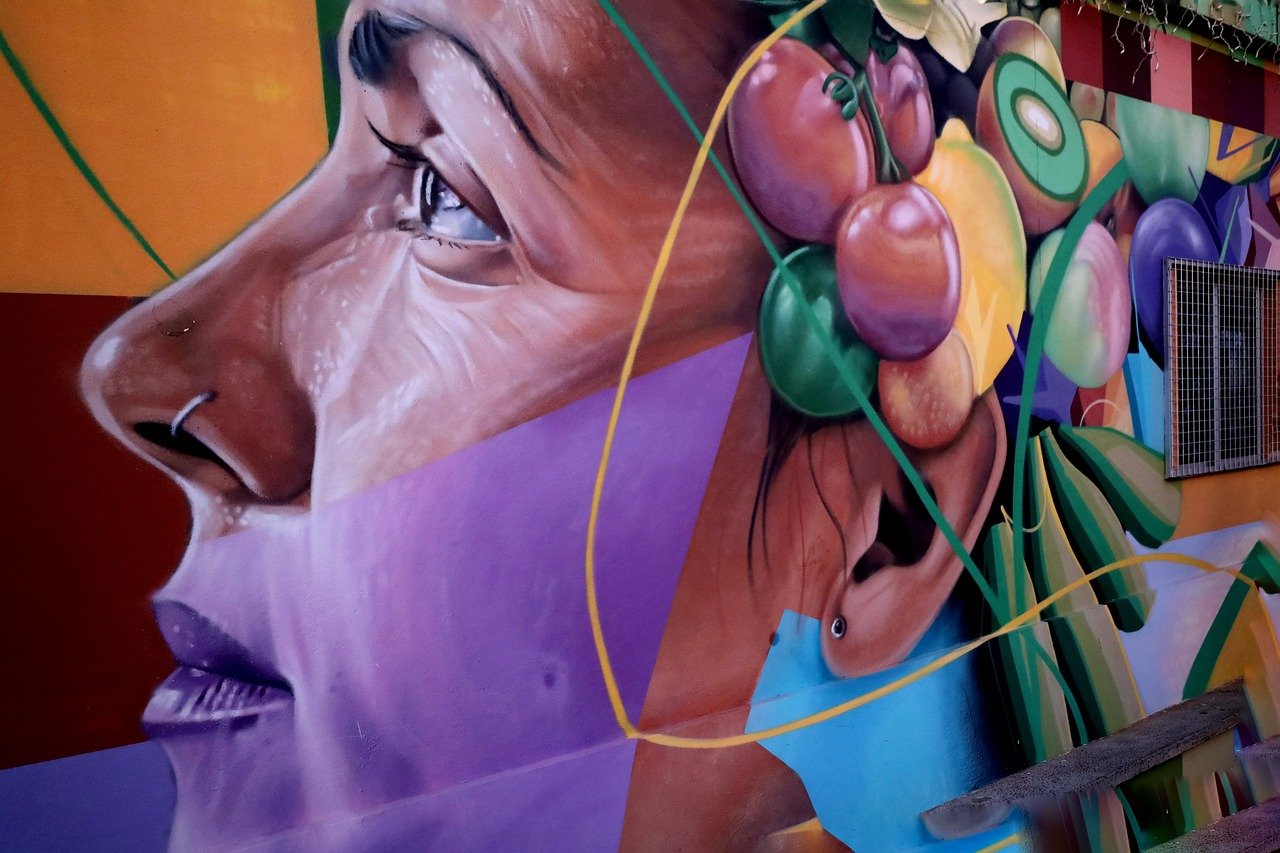
Choosing the Right Brushes
When it comes to digital painting, the brushes you select can make or break your artwork. Just like a chef needs the right knives to create a culinary masterpiece, you need the right brushes to bring your digital canvas to life. There are countless brushes available, each designed for specific effects and styles, so understanding their uses is key to achieving the results you desire.
First, consider the texture you want to achieve. Do you want a smooth, blended look, or are you aiming for a rough, expressive style? For smooth blending, you might opt for soft round brushes that allow for gentle transitions between colors. On the other hand, if you’re looking to add a bit of grit, textured brushes can provide that artistic flair that makes your painting pop. The beauty of digital painting is that you can experiment with different brushes without the commitment of traditional media.
Moreover, many digital art programs come with a variety of brush presets that mimic traditional painting techniques. For instance, if you’re using Adobe Photoshop, you can find brushes that replicate oil paints, watercolors, and even pastels. Each brush has its own unique characteristics, such as opacity, flow, and hardness, which can significantly affect the outcome of your painting. Therefore, it’s worthwhile to spend some time experimenting with different brushes to see how they interact with your chosen colors and styles.
Here’s a quick overview of some popular brush types and their applications:
| Brush Type | Application |
|---|---|
| Round Brush | Ideal for detailed work and blending. |
| Flat Brush | Great for broad strokes and filling in areas. |
| Textured Brush | Perfect for creating depth and interest. |
| Chalk Brush | Good for a soft, pastel-like effect. |
Additionally, don’t forget about the importance of customizing your brushes. Many programs allow you to adjust settings like size, hardness, and opacity, enabling you to create a brush that fits your specific artistic needs. This customization can lead to a more personalized painting experience, allowing your unique style to shine through.
Ultimately, the right brushes can enhance your creative process and elevate your artwork. So, take your time to explore, experiment, and find the brushes that resonate with your artistic vision. Remember, the journey of digital painting is as much about discovery as it is about the final piece. Happy painting!
- What are the best brushes for beginners? Soft round brushes are often recommended for beginners as they are versatile and easy to work with.
- Can I create my own brushes? Yes! Most digital art programs allow you to create custom brushes tailored to your preferences.
- How do I know which brush to use? It depends on the effect you want to achieve. Experiment with different brushes to see which ones work best for your style.
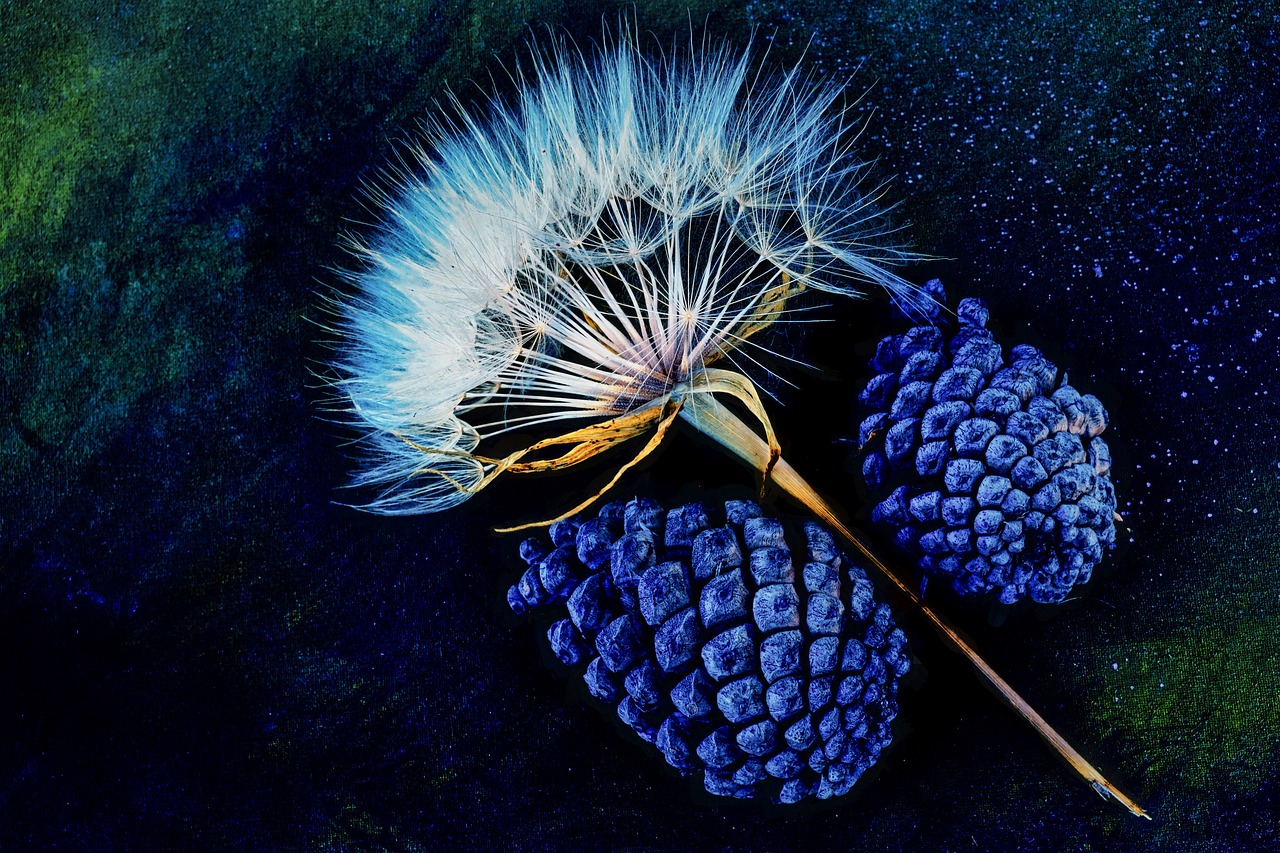
Techniques for Photo Manipulation
When it comes to transforming your photographs into stunning paintings, photo manipulation techniques are your best friends. These methods not only enhance the painting effect but also allow you to express your artistic vision more freely. Think of photo manipulation as the secret sauce that elevates your artwork from mere images to captivating pieces of art. Here, we will delve into some essential techniques that can help you achieve that magical painting effect.
One of the most powerful techniques in digital painting is layering. Just like a chef layers flavors to create a delicious dish, layering in photo manipulation adds depth and dimension to your artwork. By stacking multiple layers, you can isolate different elements of your photo, allowing for adjustments and enhancements without compromising the entire image. For instance, you might have one layer for the background, another for the main subject, and yet another for highlights. This method gives you the freedom to experiment without the fear of ruining your original photo.
Another crucial technique is blending. This is where the magic happens! Blending modes allow you to control how layers interact with each other. For example, using the multiply blending mode can darken your image, while the screen mode can lighten it. Understanding these modes can lead to unique and stunning effects that can make your digital paintings stand out. It’s like mixing colors on a palette; the right combination can yield breathtaking results.
Additionally, color adjustments are vital in achieving that painterly look. Color adjustments can include modifying the saturation, brightness, and contrast of your image. These tweaks can dramatically change the mood and feel of your artwork. For instance, boosting the saturation can make your colors pop, while reducing brightness can lend a more subdued, atmospheric quality to your painting. Just remember, a little goes a long way!
If you're looking for a more structured approach, consider using a workflow that incorporates these techniques. Here’s a simple outline to get you started:
| Step | Technique | Description |
|---|---|---|
| 1 | Layering | Organize your image into separate layers for better control. |
| 2 | Blending Modes | Experiment with different blending modes to achieve unique effects. |
| 3 | Color Adjustments | Modify saturation, brightness, and contrast for desired mood. |
In conclusion, mastering these photo manipulation techniques can significantly enhance your ability to create stunning digital paintings. By layering your images, experimenting with blending modes, and adjusting colors, you can transform any photograph into a breathtaking work of art. Remember, the key is to practice and have fun with the process!
- What is photo manipulation? Photo manipulation is the process of altering or enhancing a photograph using various techniques to create a desired artistic effect.
- Do I need advanced skills to use these techniques? Not at all! Many software programs offer user-friendly tools that cater to both beginners and experienced artists.
- Can I use my smartphone for photo manipulation? Yes! There are numerous apps available that allow for advanced photo manipulation directly from your smartphone.
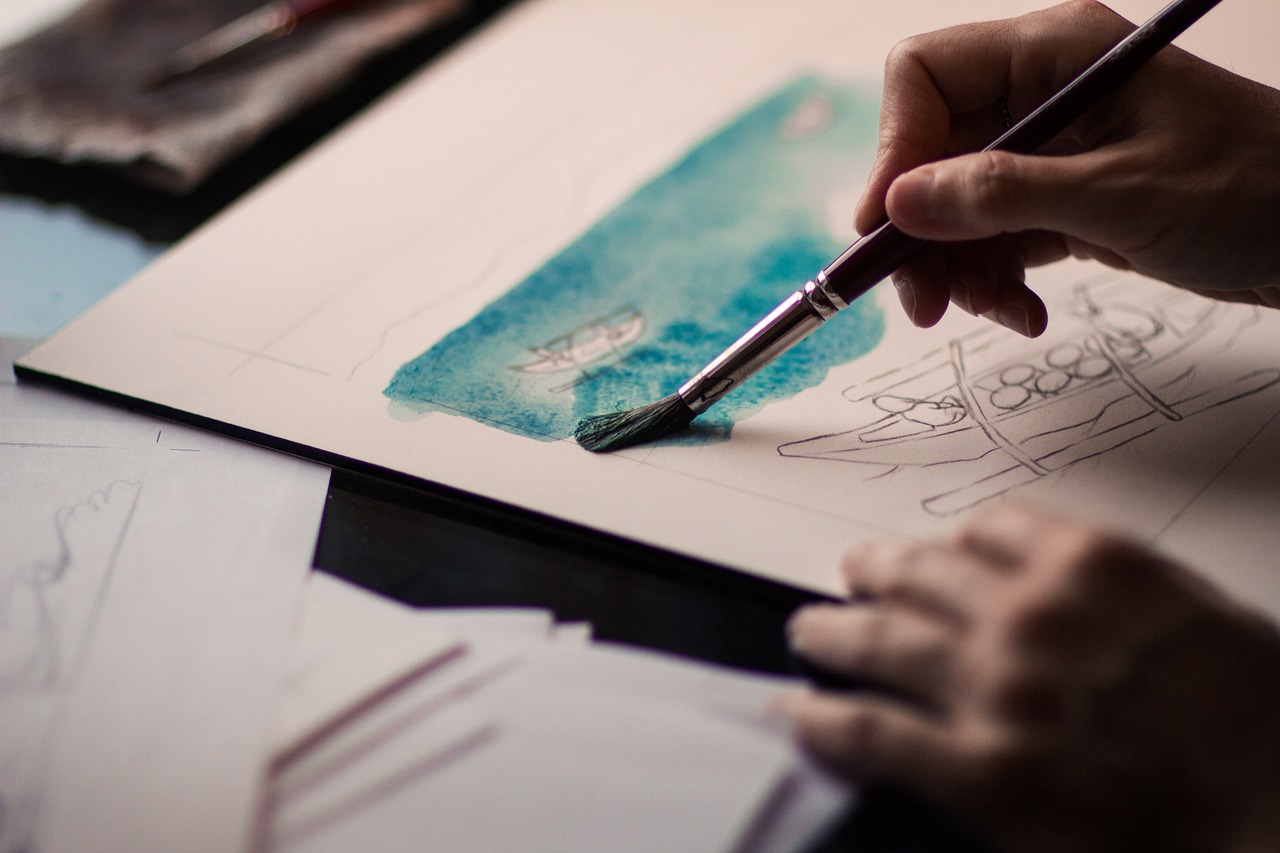
Layering Techniques
Layering is a fundamental technique in digital painting that allows artists to build their compositions with depth and complexity. Think of it as creating a sandwich; each layer adds flavor and texture to the final product. In the realm of digital art, each layer can be adjusted independently, giving you the freedom to experiment without permanently altering your original image. This flexibility is crucial when transforming photographs into stunning paintings.
When you start layering, consider the following key aspects:
- Base Layer: Begin with your original photograph as the base layer. This serves as the foundation upon which you will build your painting.
- Color Layers: Create separate layers for different color applications. This allows you to manipulate colors without affecting the underlying details. You can use vibrant colors to add life and energy or muted tones for a more subdued effect.
- Detail Layers: As you progress, add layers specifically for details such as highlights and shadows. This will enhance the realism of your painting, making it pop off the canvas.
- Texture Layers: Incorporate texture layers to simulate brush strokes or canvas grain. Textures can be applied using various brushes or imported textures to create a more tactile feel.
To effectively manage your layers, it's essential to name them appropriately and keep them organized. This practice not only helps you track your progress but also simplifies the editing process. Many artists also use groups to bundle related layers together, which can be especially helpful when working on complex projects.
Another important consideration is the opacity of each layer. Adjusting the opacity allows you to control how much of the layer beneath shows through, creating a sense of depth. For example, lowering the opacity of a color layer can give a soft, blended effect, while keeping it at full opacity can create bold, striking contrasts.
Furthermore, using masks can significantly enhance your layering techniques. Masks allow you to hide or reveal parts of a layer without deleting any content, providing even more control over your composition. This means you can experiment freely, adjusting elements until you achieve the desired effect.
In summary, mastering layering techniques is essential for anyone looking to elevate their digital painting skills. By thoughtfully organizing your layers, adjusting opacity, and utilizing masks, you can create intricate and visually appealing artworks that truly capture the essence of your original photographs.
Q1: What is the purpose of using layers in digital painting?
A1: Layers allow artists to work on different elements of their artwork independently, providing flexibility and control over the final composition. They enable adjustments without affecting the underlying layers, making the editing process more efficient.
Q2: How do I create depth in my digital paintings?
A2: You can create depth by using multiple layers to separate foreground and background elements, adjusting opacity, and applying shadows and highlights. Layering textures can also enhance the overall depth of the piece.
Q3: Are there any specific software tools that enhance layering techniques?
A3: Most digital painting software, such as Adobe Photoshop and Corel Painter, offer robust layering capabilities. Features like layer groups, masks, and blending modes can significantly enhance your layering techniques.
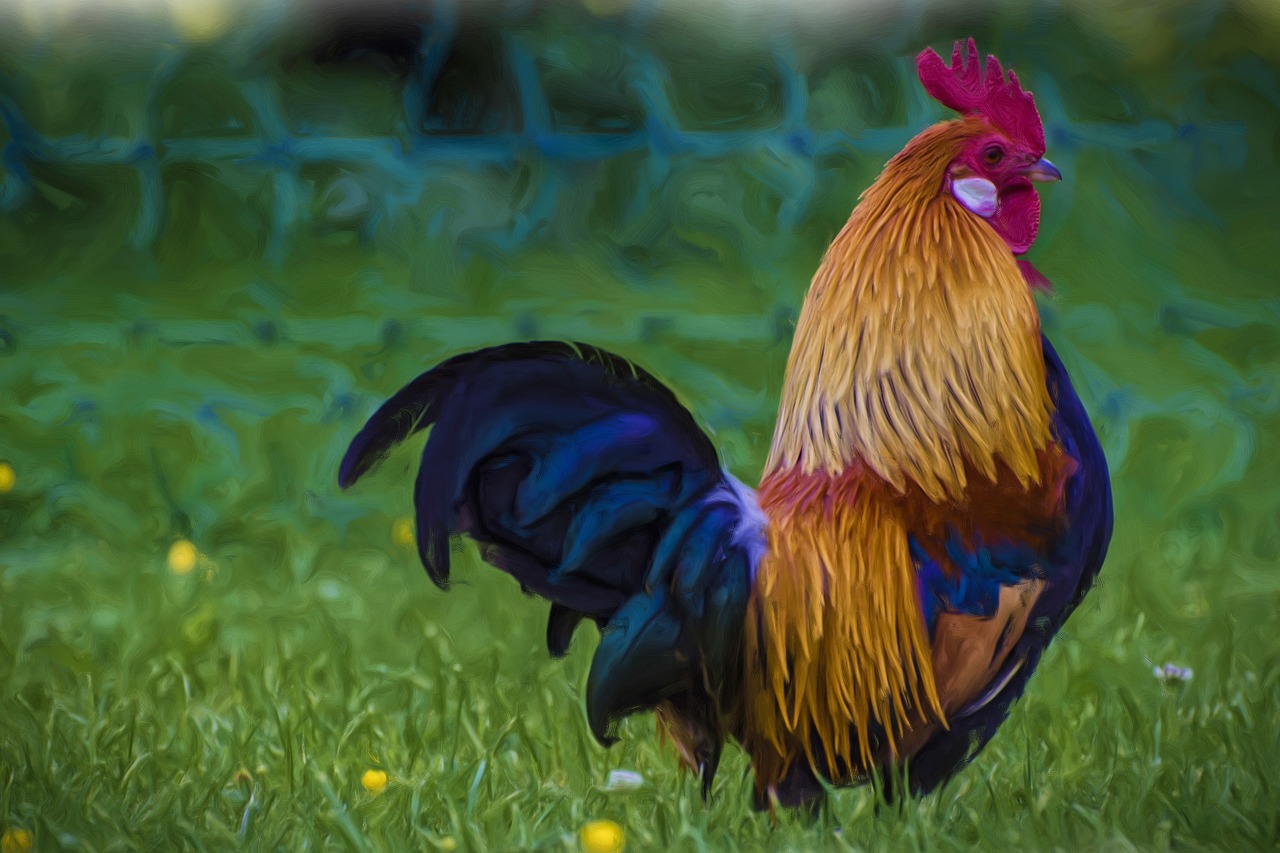
Blending Modes
When it comes to transforming your photographs into stunning paintings, play an essential role in achieving that artistic flair. Think of blending modes as a set of magical glasses that allow you to see your image in a whole new light. They determine how two layers interact with each other, creating unique effects that can elevate your artwork to the next level. By adjusting the transparency and color of one layer against another, you can create depth, contrast, and a sense of realism that makes your digital paintings pop.
There are several blending modes available in most digital painting software, each with its own unique effect. Here’s a quick overview of some popular blending modes:
| Blending Mode | Description |
|---|---|
| Normal | The default mode where the top layer covers the bottom layer without any blending. |
| Multiply | Darkens the colors by multiplying the base color with the blend color, ideal for shadows. |
| Screen | Brightens the colors by inverting the colors, multiplying them, and then inverting again, great for highlights. |
| Overlay | A combination of Multiply and Screen, enhancing contrast and depth. |
| Soft Light | Creates a soft, glowing effect that can add warmth to your images. |
To effectively use blending modes, start by layering your images. For instance, if you’re trying to add a textured background to your photo, you might place the texture layer above your photo layer and experiment with different blending modes. You might find that “Multiply” gives you a rich, dark texture, while “Screen” might lighten your subject beautifully. The key is to experiment and see how each mode affects your layers. Don’t be afraid to try out different combinations; sometimes the most unexpected choices lead to the most stunning results!
Another tip is to combine blending modes with opacity adjustments. This allows you to fine-tune how much of the underlying layer shows through, giving you even more control over the final appearance of your artwork. For instance, if you apply a “Soft Light” blending mode but find it too intense, you can reduce the opacity of that layer until you achieve the desired effect.
In summary, mastering blending modes can significantly enhance your digital painting process. They allow for creative freedom and exploration, ensuring that your transformed photographs not only look beautiful but also carry a unique artistic signature. So grab your digital brush, dive into those blending options, and watch as your photos turn into captivating works of art!
- What are blending modes? Blending modes are settings in digital art software that determine how two layers interact with each other, affecting color and transparency.
- How do I choose the right blending mode? Experiment with different modes to see which effect enhances your artwork. Start with common modes like Multiply and Screen.
- Can I combine blending modes with other techniques? Absolutely! Combining blending modes with opacity adjustments and layer styles can create stunning effects.
- Are blending modes the same in all software? While the names may vary slightly, most digital art software offers similar blending modes with comparable effects.
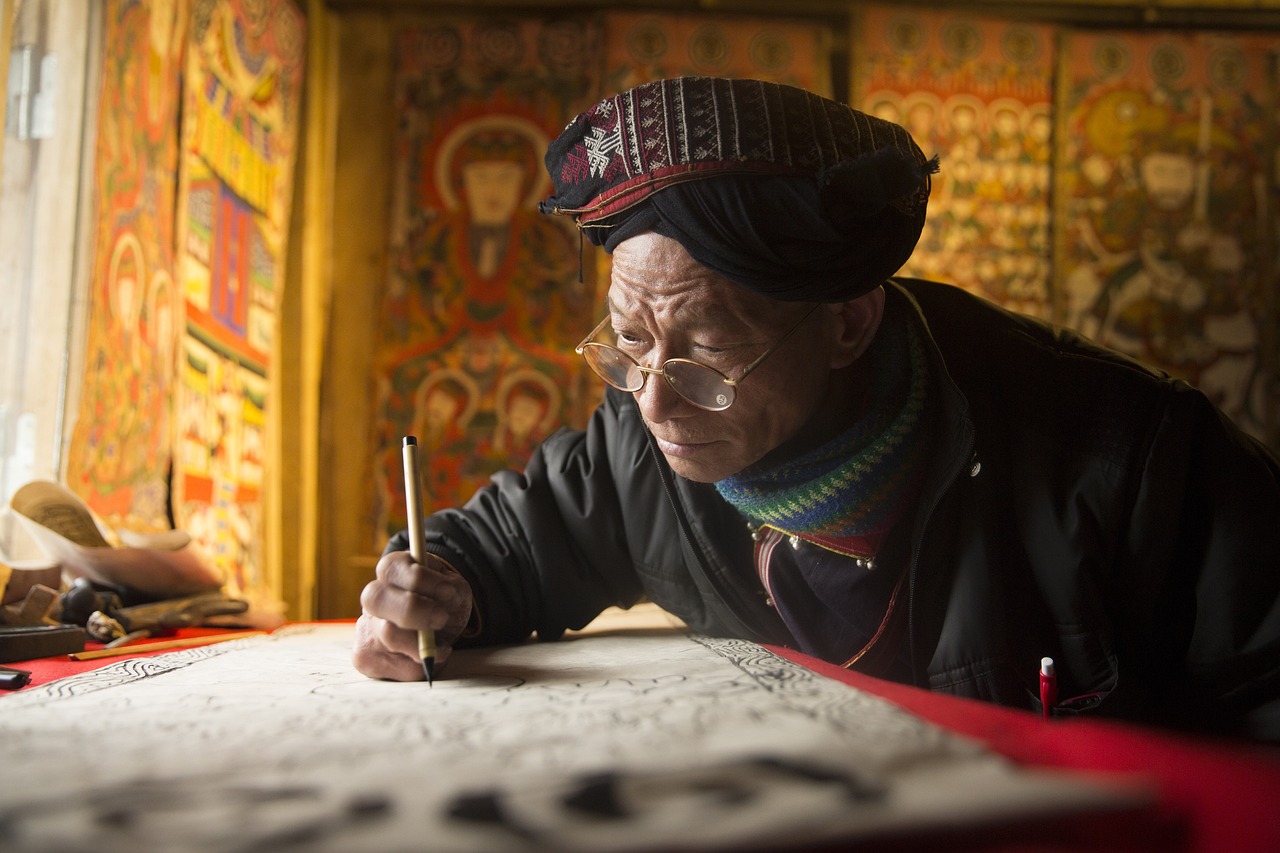
Tips for Creating Realistic Paintings
Creating realistic paintings from photographs is a thrilling yet challenging endeavor. It’s not just about slapping on some colors and calling it a day; it requires a keen eye for detail, an understanding of artistic principles, and a sprinkle of creativity. One of the first things to consider is the importance of light and shadow. Just like in a photograph, the play of light can dramatically alter the mood and depth of your painting. Pay close attention to where the light hits your subject and how shadows are cast. This will help in creating a three-dimensional effect that draws the viewer in.
Another crucial aspect is color theory. Understanding how colors interact can elevate your artwork from flat and lifeless to vibrant and dynamic. For instance, using complementary colors can create stunning contrasts that catch the eye. Additionally, consider the saturation and brightness of your colors. A well-balanced palette can make your painting feel more cohesive and visually appealing. Here’s a quick tip: try to limit your color palette to a few harmonious colors to create a more unified look.
Texture is yet another element that can bring your digital paintings to life. Just as a traditional painter might use various tools to create texture on canvas, you can do the same digitally. Experiment with different brushes and techniques to add depth to your work. For example, using a rough brush can mimic the look of canvas, while a soft brush can create smooth gradients. Don't shy away from layering textures; this can add a sense of realism and intrigue. Remember, texture can evoke emotions and draw the viewer's attention to specific areas of your painting.
Finally, practice makes perfect! Don’t be discouraged if your first few attempts don’t turn out as expected. Keep experimenting with different techniques, and soon you’ll develop your unique style. Consider setting aside time to practice regularly, focusing on different aspects of painting each time. Whether it’s mastering shadows one day or exploring color theory the next, consistent practice will lead to improvement.
- What software is best for creating realistic digital paintings? While there are many options, Adobe Photoshop and Corel Painter are often preferred for their extensive features and flexibility.
- How can I improve my understanding of color theory? There are numerous online resources, courses, and books dedicated to color theory that can help you grasp the fundamentals.
- Is it necessary to use a graphics tablet for digital painting? While not mandatory, a graphics tablet can provide greater precision and a more natural drawing experience.
- How do I add texture to my digital paintings? You can use specific brushes designed for texture, overlay images, or even create your textures by manipulating photographs.
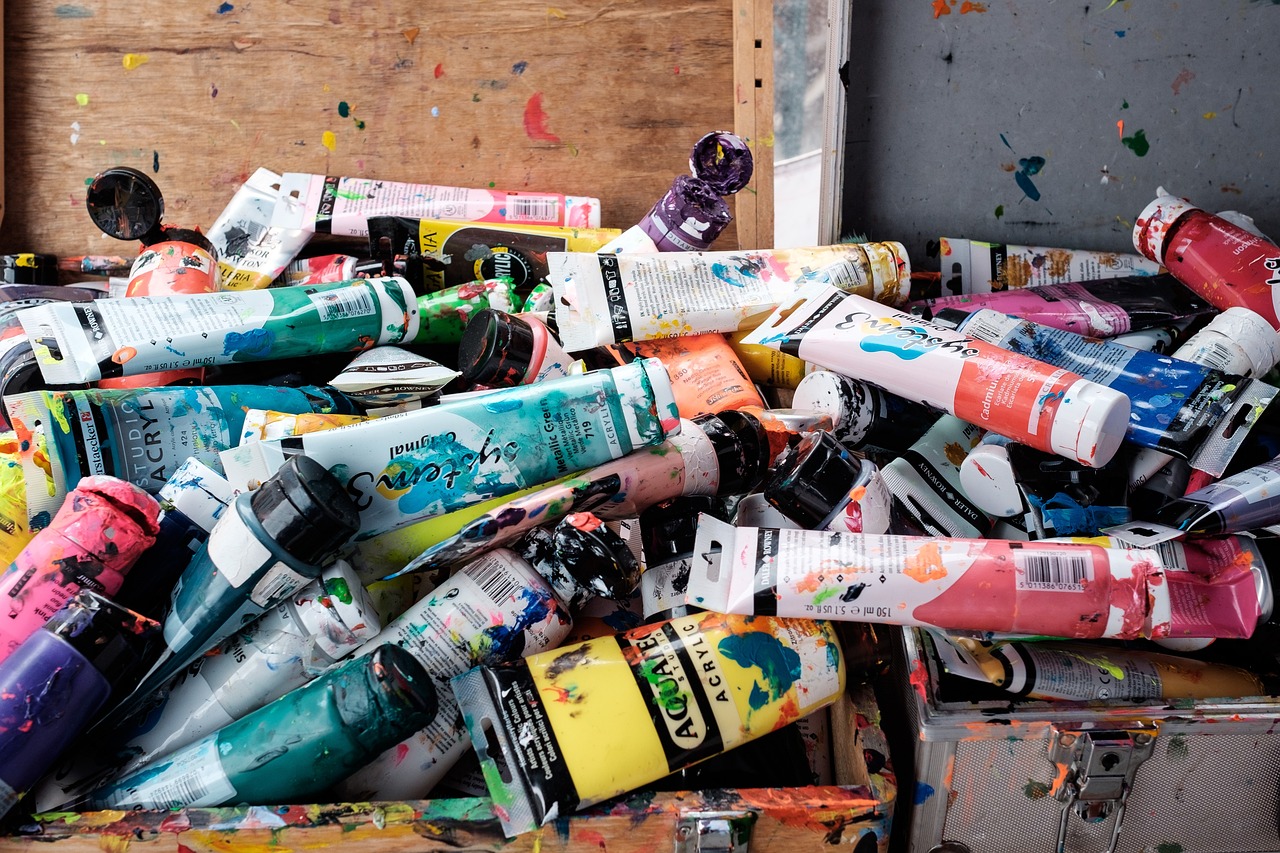
Color Theory Basics
This article explores various methods and techniques to transform your photographs into stunning paintings, enhancing their artistic appeal and creating unique pieces of art for personal enjoyment or gifting.
Digital painting offers a variety of techniques that mimic traditional painting styles. This section delves into popular methods, tools, and software that can help you achieve beautiful results from your photos.
Selecting the appropriate software is crucial for turning photos into paintings. Here, we discuss some of the best digital art programs available, highlighting their features and ease of use for beginners and professionals alike.
Explore widely used digital art programs such as Adobe Photoshop, Corel Painter, and Procreate, each offering unique features that cater to different artistic styles and preferences in photo-to-painting transformations.
Adobe Photoshop is a versatile tool that provides numerous filters and brushes, allowing users to create realistic painting effects from photos. This section discusses its capabilities and tips for effective use.
Corel Painter is designed specifically for digital painting, offering a wide range of brushes and textures. Here, we explore how it can be utilized to create stunning painted versions of your photographs.
The right brushes can significantly impact the quality of your digital painting. This section covers different brush types and their applications, helping you select the best options for your artistic vision.
Photo manipulation techniques play a vital role in enhancing the painting effect. This section discusses various methods, including layering, blending, and color adjustments, to achieve a more artistic look.
Layering is essential in digital painting, allowing for greater control over the final image. Here, we explore effective layering techniques to enhance depth and dimension in your painted photos.
Understanding blending modes can enhance the interaction between layers, creating unique effects. This section explains different blending modes and how to use them to elevate your photo-to-painting transformations.
Creating realistic paintings from photos requires attention to detail. This section offers essential tips and techniques to ensure that your digital paintings maintain a lifelike quality while showcasing your artistic flair.
Understanding color theory is like having a secret map to the treasure of artistic brilliance. It’s not just about picking pretty colors; it’s about knowing how they interact, how they make us feel, and how they can transform an ordinary photograph into a mesmerizing painting. At its core, color theory revolves around three primary components: hue, saturation, and brightness.
Hue refers to the actual color itself, such as red, blue, or yellow. It’s the first thing we notice and is crucial in setting the mood of your artwork. For instance, warm hues like reds and oranges can evoke feelings of warmth and passion, while cool hues like blues and greens can instill calmness and serenity.
Saturation describes the intensity or purity of a color. A highly saturated color appears vivid and vibrant, while a desaturated color looks more muted and grayish. When converting photos to paintings, adjusting saturation can help highlight focal points or create a more subdued atmosphere.
Brightness, on the other hand, indicates how light or dark a color is. Balancing brightness is essential for creating depth in your paintings. A well-lit area can draw attention, while shadows can add intrigue and dimension.
Moreover, understanding color harmony is vital. This involves using colors that complement each other to create a cohesive look. For example, complementary colors, which are opposite each other on the color wheel, can create dynamic contrasts, while analogous colors, which are next to each other, can produce a serene and harmonious feel.
To put this all into practice, consider the following tips:
- Experiment with different color combinations to see what resonates with your artistic vision.
- Utilize color palettes that evoke the desired emotions for your painting.
- Don’t hesitate to adjust hues, saturation, and brightness to enhance your image further.
Ultimately, mastering color theory can elevate your digital paintings from simple reproductions of photos to stunning works of art that captivate and inspire.
Q: Do I need to be an artist to turn my photos into paintings?
A: Not at all! With the right software and techniques, anyone can create beautiful painted versions of their photos.
Q: What software is best for beginners?
A: Programs like Procreate and Adobe Photoshop offer user-friendly interfaces and plenty of tutorials to help beginners get started.
Q: Can I use my smartphone for this process?
A: Yes! Many mobile apps allow you to apply painting effects to your photos directly from your smartphone.
Q: How long does it take to learn digital painting?
A: The time varies depending on your dedication and practice, but many users see significant improvement within a few weeks.
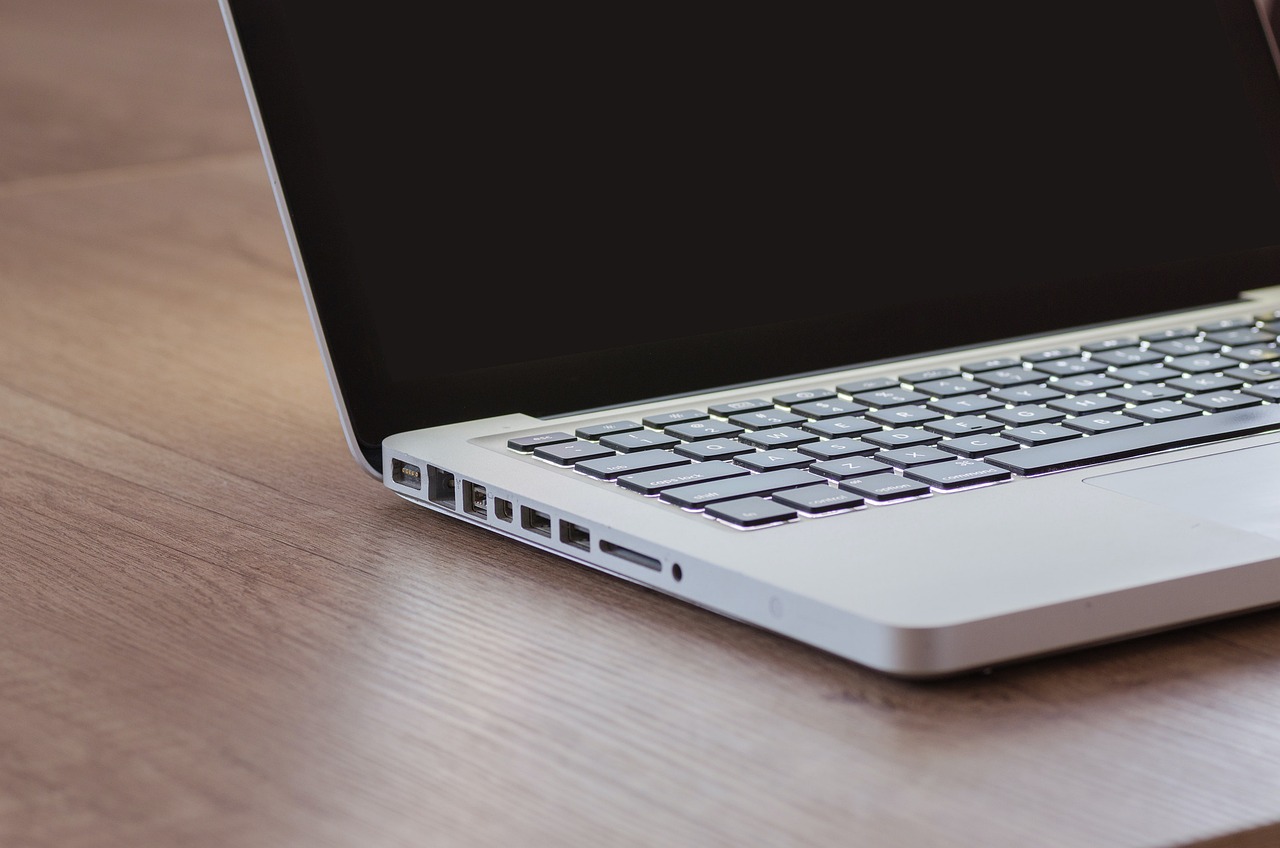
Texture Application
This article explores various methods and techniques to transform your photographs into stunning paintings, enhancing their artistic appeal and creating unique pieces of art for personal enjoyment or gifting.
Digital painting offers a variety of techniques that mimic traditional painting styles. This section delves into popular methods, tools, and software that can help you achieve beautiful results from your photos.
Selecting the appropriate software is crucial for turning photos into paintings. Here, we discuss some of the best digital art programs available, highlighting their features and ease of use for beginners and professionals alike.
Explore widely used digital art programs such as Adobe Photoshop, Corel Painter, and Procreate, each offering unique features that cater to different artistic styles and preferences in photo-to-painting transformations.
Adobe Photoshop is a versatile tool that provides numerous filters and brushes, allowing users to create realistic painting effects from photos. This section discusses its capabilities and tips for effective use.
Corel Painter is designed specifically for digital painting, offering a wide range of brushes and textures. Here, we explore how it can be utilized to create stunning painted versions of your photographs.
The right brushes can significantly impact the quality of your digital painting. This section covers different brush types and their applications, helping you select the best options for your artistic vision.
Photo manipulation techniques play a vital role in enhancing the painting effect. This section discusses various methods, including layering, blending, and color adjustments, to achieve a more artistic look.
Layering is essential in digital painting, allowing for greater control over the final image. Here, we explore effective layering techniques to enhance depth and dimension in your painted photos.
Understanding blending modes can enhance the interaction between layers, creating unique effects. This section explains different blending modes and how to use them to elevate your photo-to-painting transformations.
Creating realistic paintings from photos requires attention to detail. This section offers essential tips and techniques to ensure that your digital paintings maintain a lifelike quality while showcasing your artistic flair.
A solid understanding of color theory can significantly improve your painting skills. This segment discusses the importance of color harmony, contrast, and saturation in creating visually appealing artworks.
Adding texture can bring your digital paintings to life, making them feel more authentic and visually engaging. When you apply texture, think of it as the seasoning in a dish; just the right amount can elevate the entire experience. You can utilize various techniques to incorporate texture into your artwork. For instance, using textured brushes can simulate the feel of canvas or brush strokes, allowing your painted images to resonate with the tactile quality of traditional art.
Moreover, consider layering different textures to create depth. You might start with a base layer that has a subtle grain, then add another layer with a more pronounced texture, such as brush strokes or splatters. This layering technique not only enhances the visual interest but also adds a sense of realism to your paintings. Remember, the goal is to mimic the way light interacts with different surfaces in the real world.
Here are some popular methods for applying texture:
- Textured Brushes: Use brushes specifically designed to mimic textures like oil, watercolor, or pastels.
- Overlay Textures: Apply images of textures, such as fabric or paper, as overlays and adjust their opacity to blend them seamlessly with your painting.
- Filters and Effects: Experiment with filters that can add texture effects, like noise or grain, to give your digital painting a more organic feel.
By experimenting with these techniques, you can discover the perfect balance of texture that enhances your artwork while still allowing the original photograph's essence to shine through. The key is to practice and find your unique style, which will make your paintings truly stand out!
Q1: Can I use free software for digital painting?
Yes, there are several free software options available, such as GIMP and Krita, that provide powerful tools for digital painting.
Q2: How do I choose the right brushes for my artwork?
Experiment with different brushes to see which ones suit your style. Look for brushes that mimic traditional media if you want a classic look.
Q3: What is the best way to learn digital painting?
Practice regularly, watch tutorials, and engage with online communities to gain feedback and tips to improve your skills.
Frequently Asked Questions
- What is digital painting?
Digital painting is a method of creating artwork using digital tools and software, allowing artists to mimic traditional painting techniques. It's like having a canvas and brushes, but everything is done on a computer or tablet!
- Which software is best for turning photos into paintings?
There are several great options available! Adobe Photoshop is versatile and widely used, while Corel Painter is specifically designed for digital painting. Procreate is also a fantastic choice for iPad users, offering a user-friendly interface and powerful features.
- How do I choose the right brushes for digital painting?
Choosing the right brushes can make a huge difference! Different brushes serve various purposes—some are great for blending, while others are perfect for adding texture. Experiment with different types to find what works best for your artistic style!
- What are layering techniques in digital painting?
Layering techniques involve stacking different elements of your painting on separate layers. This gives you more control over each part of your artwork, allowing you to adjust colors, effects, and details without affecting the entire image.
- How can I enhance the realism of my digital paintings?
To create realistic paintings, focus on details like color theory, texture, and lighting. Understanding how colors interact and using textures can give your paintings depth and vibrancy, making them look more lifelike!
- What are blending modes and how do they work?
Blending modes determine how layers interact with each other. They can create a variety of effects, from softening edges to adding dramatic contrasts. Understanding these modes can really elevate your photo-to-painting transformations!
- Is it necessary to have a background in art to start digital painting?
Not at all! While having a background in art can help, many beginners dive into digital painting without any formal training. The key is to practice and experiment—your unique style will develop over time!
- Can I use my smartphone for digital painting?
Yes! There are many apps available for smartphones that allow you to create digital paintings. While a tablet with a stylus might offer more precision, you can definitely start your artistic journey on your phone!



















